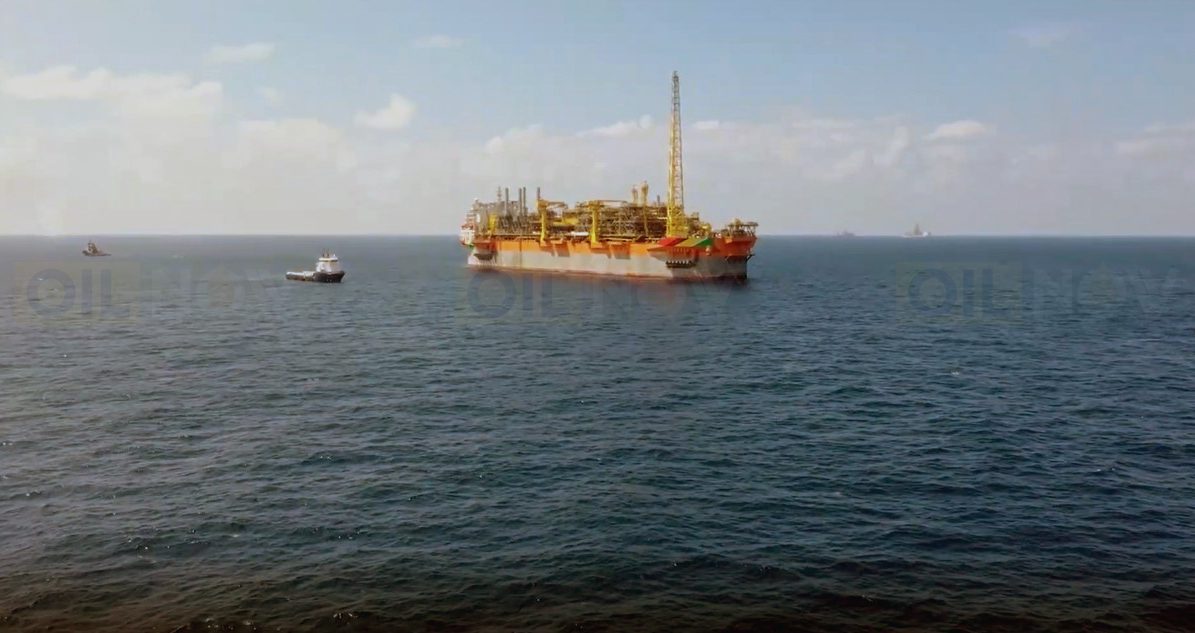At the end of 2023, ExxonMobil reported booked reserves equivalent to more than 12 years of its production, according to a report from Westwood Global Energy Group.
In contrast, the combined proved reserves for five supermajors – bp, Shell, Chevron, TotalEnergies and ExxonMobil – declined by 31%, from approximately 80 billion barrels of oil equivalent (bnboe) at the end of 2018 to about 55 bnboe by the end of 2023.

Westwood said bp experienced the largest drop in proved reserves, from roughly 20 bnboe to seven bnboe, mainly due to its exit from Russia.
Over the past five years, Westwood found that the supermajors replaced 48% of production organically through extensions, discoveries, and improved recovery.
ExxonMobil achieved the highest organic replacement ratio at 80%.
Westwood said that Chevron emerged as the largest net buyer of reserves, adding around 2.2 bnboe through significant acquisitions, including Noble in 2020 and PDC in 2023.
With BP’s reserves-to-production ratio now under eight years, Westwood suggests that additional mergers and acquisitions are likely necessary for supermajors to sustain current reserve levels.
The bulk of Exxon’s production comes from assets in the Permian and Guyana.
In Guyana, the company operates the Stabroek Block – a 6.6-million-acre asset with three projects now online.
S&P estimates 18.7 billion barrels of recoverable resources in Guyana Basin
For the period January to September 2023, Exxon produced over 102 million barrels of crude offshore Guyana. Two floating production, storage and offloading (FPSO) vessels operating in the Liza field hit the milestone together – Liza Destiny produced nearly 39 million barrels, at 142,000 barrels per day (b/d), while Liza Unity produced over 63 million barrels, at 233,000 b/d. In December alone, Exxon produced 16.4 million barrels.
Currently, Exxon is producing over 600,000 b/d a day from its three Stabroek Block projects. Another project – Yellowtail is nearing completion and two more projects are in tow.



